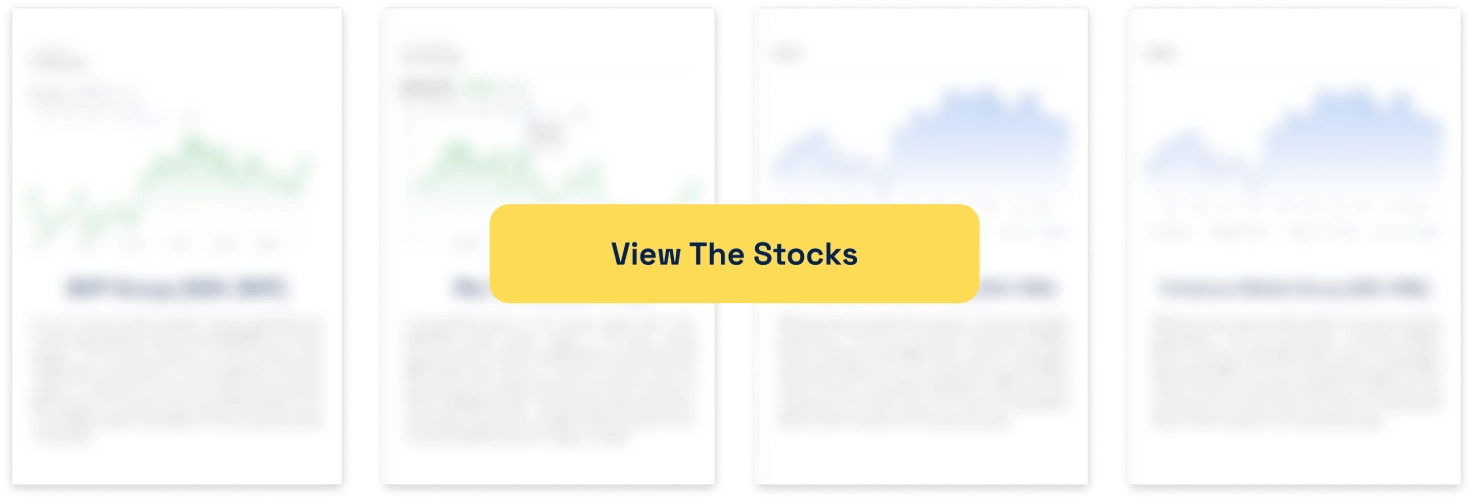Oracle Corporation (NYSE:ORCL): At >US$650bn, its double IBM and quadruple Adobe! All because investors like its AI potential

Oracle Corporation (NYSE:OCL) is one of the world’s largest software companies. Capped at $680bn (a figure 70% higher than 12 months ago, it is not one of the Magnificant Seven stocks, but far higher than peers Adobe (NYSE:ADBE) and IBM (NYSE:IBM) which are US$153bn and $262bn respectively. While the latter two companies would be household names, Oracle may not be. Nonetheless, Oracle has gained over 140% in the last 5 years, well ahead of Adobe and IBM shares. And so we thought we’d look into the company.
Introduction to Oracle Corporation (NYSE:ORCL)
Oracle is the world’s largest database management company, providing services through the Cloud and on-premise, although it is the former that is becoming increasingly important. This is not just because of the rise of the Cloud, but the explosion in data. Oracle’s software helps businesses manage and organise their data more effectively.
The company was founded in 1977 by Larry Ellison, Bob Miner and Ed Oates, and listed in 1986. Only Ellison is still involved today with Miner having died in the 1990s and Oates retiring from the company around that time. Ellison is, as of July 2025, the world’s second wealthiest person, only trailing Elon Musk.
The company’s first product was Oracle Database, the first commercially available relational database management system to use the programming language SQL. It has grown itself through internal innovation (it has spent over US$110bn in the last decade on R&D) and through M&A. In FY25 (the company uses a June-May financial year), the company made US$57bn in revenue and boasted >430,000 customers in 175 countries.
When do we want it? Now!
When it released FY25 results (in mid-June 2025) the company claimed to have US$138bn in total Remaining Performance Obligations. This figure was an all time record and shows that demand for the Cloud is like the demand for Airbus aeroplanes. Customers are signing deals on the dotted line even if they cannot get the service for a few years. They just want it as soon as possible, even if that is a 3-4 years. Better than 8-10 years.
Some of Oracle’s clients include OpenAI and the company is developing gigawatts of data centre power to serve them. And just last week, the US government announced it would let csome chipmakers including Nvidia and Advanced Micro Devices export some semiconductors to China.
Oracle can even use its technology for itself – to close its books and reports in less than 10 working days. 54% of manual accounting has been eliminated, 97% of bank account transactions are automatically reconciled and 80% of transactions are automated.
A move to Music City highlights the company’s future plans
Until 2020, Oracle was based in Silicon Valley, only to move to Austin, Texas. In April 2024, the company announced intentions to move to Nashville, Tennessee, less than 4 years since that earlier move. Although it won’t have its planned offices open and operating until later this decade, the company has done a deal with the city.
Why the move? We speculate that it is home to a number of healthcare companies (startups, big publicly traded corporations and hospital chains), and Oracle likely wants a share of that pie. Key to its ambitions was its $28bn purchase of health IT company Cerner, which has been renamed Oracle Health. Cerner was (and is now) one of the most widely used electronic health record systems. Being backed by Oracle’s technology will take Cerner to the next level.
Slow, but steady growth
As we noted, its revenue was US$57.4bn (up 8%) and its profit was $12.4bn (up 22%), representing a >20% margin. For FY26, consensus estimates expect US$66.7bn revenue and a $14bn profit (up 16% and 13% respectively). Then in FY27, $79.5bn revenue and an $18.2bn profit (up 19% and 30% respectively).
The mean target price is US$225.7 per share, which is actually a discount to the current price. Granted, there are 34 analysts and their estimates vary from US$175 on one hand and US$275 on the other.
The company has an FY25 P/E of 34x, EV/EBITDA of 22x and a PEG of 2.7x, which all appear somewhat overvalued. Then again, it is not unusual for US stocks to trade at higher multiples than Australian stocks. Second, many of Oracle’s peers have a higher PEG multiple – Microsoft has 2.4x and IBM has 3.9x.
Whether or not you wish to buy Oracle stock, it is certainly a company worth knowing about. And it has significant growth potential down the track, with a proven-track record to ensure the company can be trusted.
What are the Best ASX Technology Stocks to invest in right now?
Check our buy/sell tips
Blog Categories
Get Our Top 5 ASX Stocks for FY26
Recent Posts
Develop Global Wins $200m OceanaGold Contract- What It Means for Investors
Develop Global (ASX: DVP) climbed 4% to A$4.36 on Friday after securing a A$200 million underground development contract with global…
Nova Minerals Drops 14% on $20m Capital Raise- Buy or Avoid?
Nova Minerals (ASX: NVA) dropped nearly 14 per cent to A$0.90 following the announcement of a US$20 million (approximately AUD…
WiseTech (ASX:WTC) Rises After Richard White Cleared of Misconduct – Should You Buy the Dip?
WiseTech Global (ASX: WTC) climbed 3 per cent to A$70.18 on Friday after founder and Executive Chairman Richard White was…



